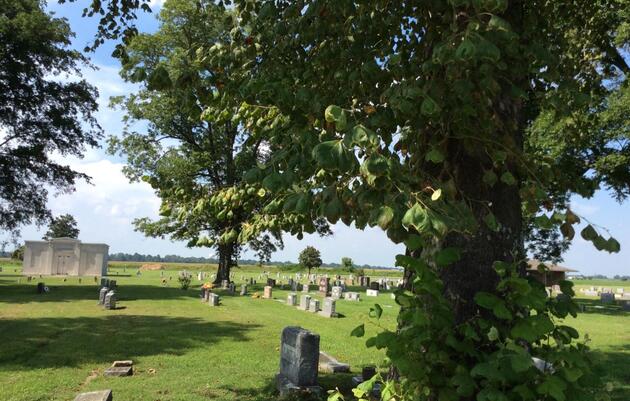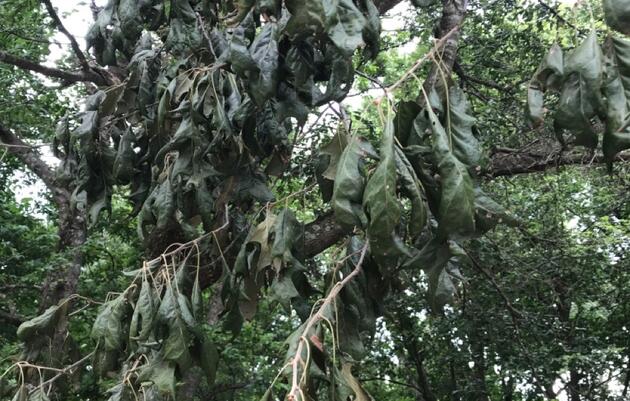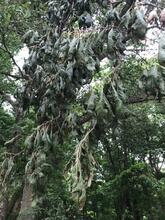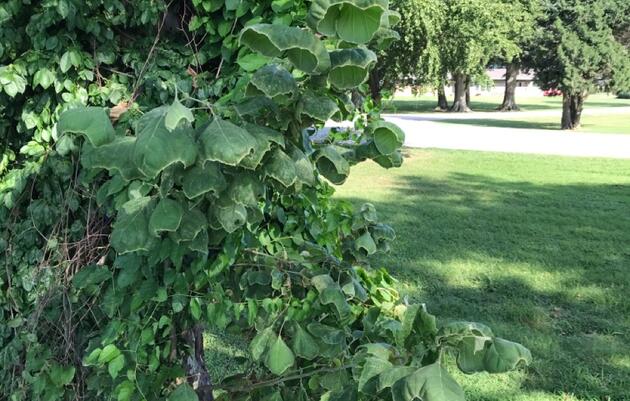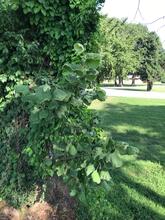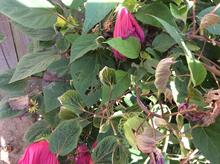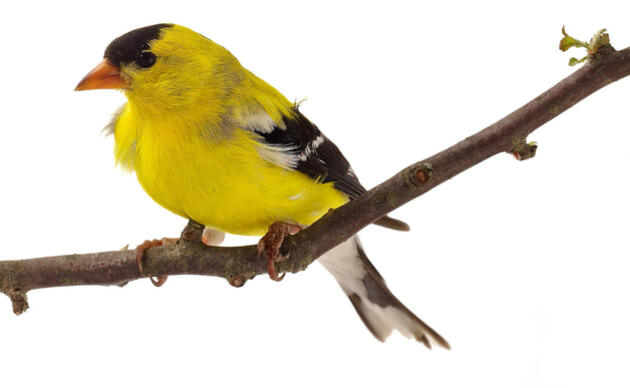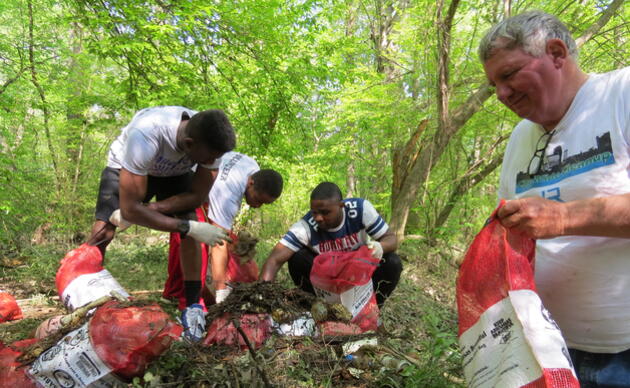Audubon staff and trained volunteers have photo-documented dicamba damage on vegetation across 20 counties in 2019 and 2020. Symptoms were documented on dozens of plants species on a variety of public lands including 4 university research farms, 37 cemeteries, 22 churchyards, 8 Arkansas Game & Fish Commission properties, 6 state natural areas, 4 city parks, 2 national wildlife refuges, 2 state parks, the Helena Welcome Center, Brinkley Convention Center, Blytheville Public Library, Mack’s Prairie Wings, Stuttgart Airport, Arkansas Northeast College, and many county and state roads. View the galleries below for examples.

